Overview
This year the students are working on a total of ten projects. Projects address a range of topics. Socially relevant project address important societal issues such as problems faced by the healthcare system in predicting patient recovery, challenges faced by the law-enforcement agencies in effectively analyzing crime data to forecast crime, and creation of a voice-forensic database. Other projects are targeted towards more entertaining problems such as automatic translation of comics from one language to another, and theoretical issues such as modelling the brain's working through neural networks and self-learning systems.
The Projects
Emotion Recognition
Team: Dhruv Goel, Sathish Palaniappan, Skand Arora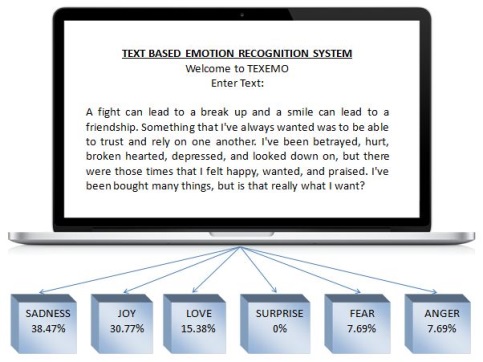
Computers are increasingly expected to respond appropriately to naturally-expressed human input. Much of the information content of human communication, however, is embedded in the form of emotion; direct response to the words in the communication, without considering the emotion, can often miss the actual import of what was said. In this project, the team is trying to develop techniques to automatically identify the specific emotions of happiness, sadness, anger, surprise etc. in text based inputs.
Never Ending Learning of Sound
Team: Aditi Bhatnagar, Amogh Hiremath, Ankit Shah, Parnika Nevaskar, Rohan Balani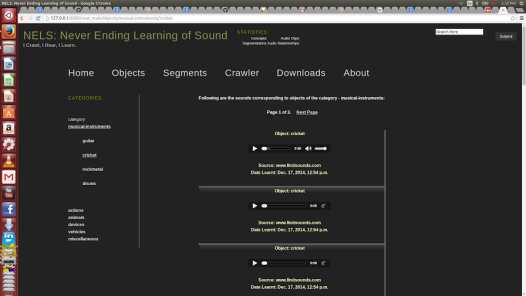
The world is full of sounds which carry a wealth of information about the processes that create them. Nature has its own grammar in the sense that the sounds follow certain rules that humans can understand intuitively, but this information is unusable by machines. The NELS team is developing a web-based intelligence system that will continually search the internet for sound samples and automatically learn their meanings, associations, and semantics. This is an ambitious, long-term project that is literally intended to never end.
What makes an Image popular on social media?
Team: Chirag Nagpal, Kodali Naveen, Megha Arora, Nimisha Sharath , Rohan Katyal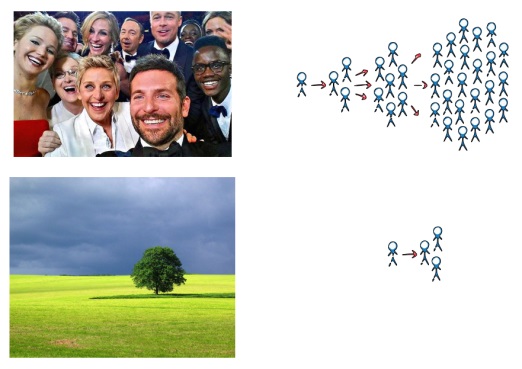
This team is studying the spread of image content on social-media websites like Flickr. The aim is to identify what it is about the content of the images that triggers viral response. This could aid commercial establishments and policymakers "ride" the crest of influence of this medium to spread their message or influence public opinion, by appropriate composition of the images in their messages.
Voice Forensics
Team: Priya Soundararajan, Sakthivel S., Tejeswini Sundaram, Utkarsh Patange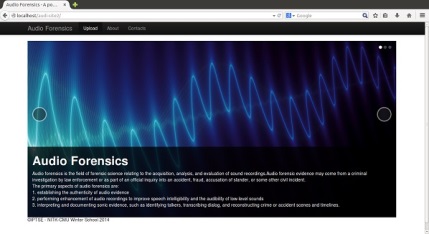
The increasing use of cell-phones, smart phones, and voice-based communication systems has also seen the increasing use of these devices by the criminal element to plan and perpetrate crimes such as harassment, extortion, fraud, terrorist acts, etc. The criminals employ these means freely under the mistaken assumption that their voice alone provides law-enforcement authorities insufficient information to identify or track them. In this project students are developing a unique voice forensics system which attempts to identify various characteristics of the speaker, such as their body parameters, region of origin, etc. from their voice recordings. In the larger picture, the intent is to develop an extensive, if not comprehensive, one-of-a-kind voice-print database to enable authorities to track criminals.
Predicting Crime Rates for Predictive Policing
Team: Aman Kumar Singh, Lavanya Gupta, Priya Selvan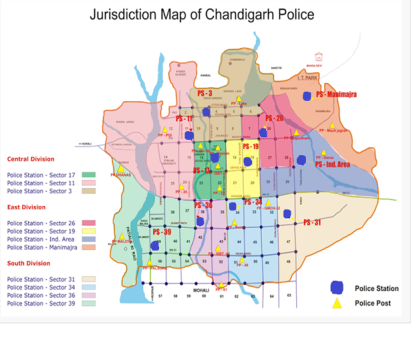
This project aims to predict the probability of crime in various police jurisdiction, based on analysis of past crime trends, and other information such as demographic trends and time of the year. The intention is to develop .crime maps. which will enable law-enforcement authorities to reduce the incidence of crime through predictive policing, and citizens to reduce their own risks by avoiding potentially risky areas.
Generating visual storyboards from text
Team: Akshay Uttamani, Jay Bothra, Ashwin Kalyan, Harsha Vardhan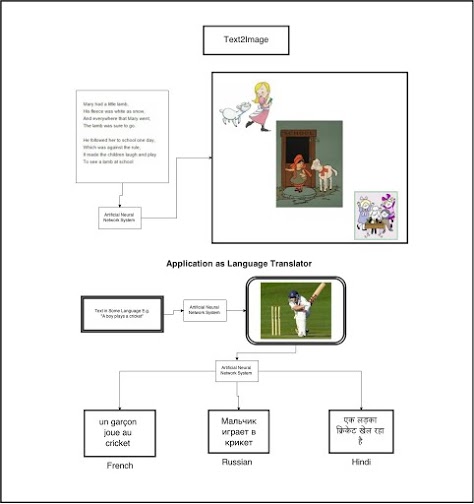
Volume-for-volume, images are much more expressive than words. In fact it is well recognized that there are concepts that are simply not expressible by words. On the other hand, there are many instances when the written word is better interpreted by forming an image associated with it. We call the process of converting a sequence of textual descriptions into a sequence of images "storyboard generation". In this project we attempt to automate the process of storyboard generation for a given text, using advanced AI mechanisms to select the most appropriate image for the text from a bank of images from available sources.
Automatic Commentary Generation
Team: Akshay Varun, Satya Narayana, Siddhant Manocha, Vanya Jauhal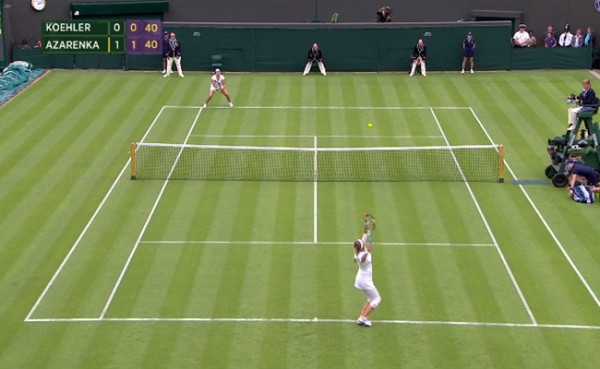
This is one of the most ambitious and bold projects in the winter school this year. The problem is simple - given a video of a tennis match, automatically generate a commentary for it. To do so we must analyze and understand the content of the video, string it into the proper sequence, convert the information to human understandable form, and present it to the human in human language! This is a futuristic project for which many of the component technologies must be invented. The team aims to develop a workable solution to the problem, using the latest advances in computer vision and semantic analysis of images and sounds.
Imparting Depth to Images
Team: Aravind Srinivas L, Kumar Krishna Agarwal, Vinith Venkatesan, Pulkit Pattnaik, Ayush Utkarsh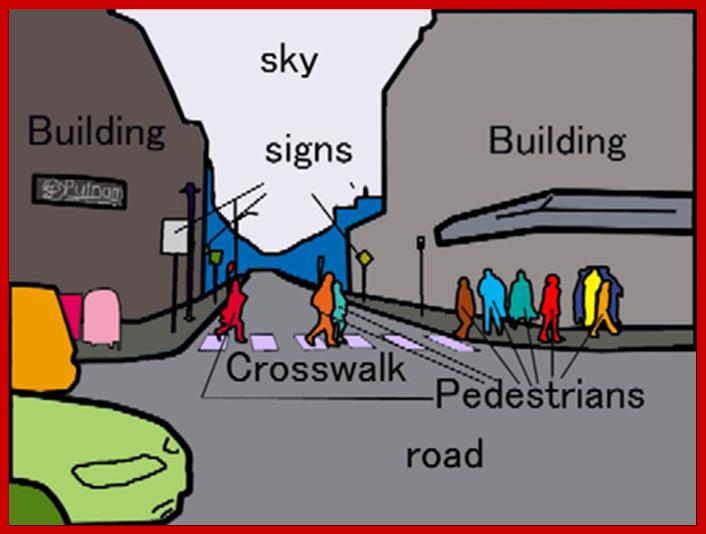
Cameras are ubiquitous today. The average camera snaps a two-dimensional picture, with no explicit depth information. The .depth. team.s project uses cutting-edge deep-learning technologies to impart depth to 2-D images. The research aims to improve the ability of a computer to recognise objects in an image and classify them accurately, by learning about the geometry of objects which would help the computer to distinguish between them.
Predicting hospital readmission rates among diabetic patients
Team: Ankit Kumar, Bhuvan MS, Vinith Kishore, Adil Zafar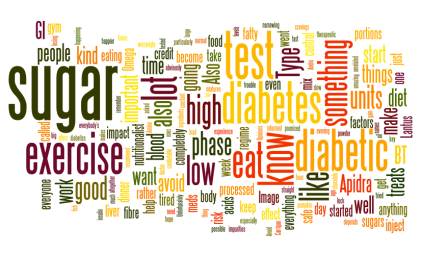
One of the biggest challenges in healthcare is that of ensuring that a treated patient stays treated. A large fraction of patients who have been discharged from hospitals suffer recurrences, relapses, or other complications that require them to be readmitted. This not only increases the cost of healthcare, but also morbidity rates .In this project students are attempting to automatically identify diabetic patients with a high probability of readmission, from their diagnoses, the record of treatments and medication given to them, and other auxiliary information. These techniques can even work with poorly kept records with potentially missing data. Such prediction can lead to anticipatory action that could potentially save lives and improve the overall efficiency of healthcare in India.
Comic Polyglot
Team: Akshay Dixit, Gaurav Bansal, Selva Priyanka, Aman Raj, Harshvardhan Solanki, Farhat Abbas RV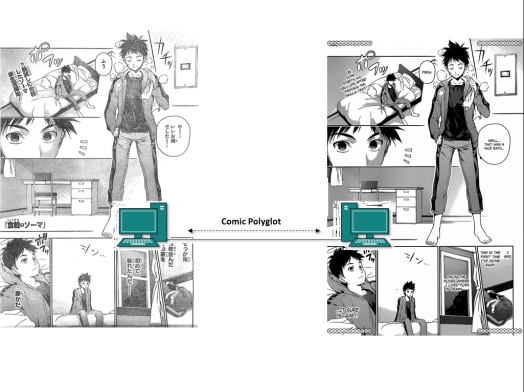
Comics are a popular form of entertainment enjoyed by millions around the world. Unfortunately for most of us, the majority of comics are in languages we do not understand. The comic polyglot team has taken on the challenge of making comics universally accessible by developing a system to automatically translate comics from any language to English. The translation must consider both the immediate pictorial context and storyline continuity to ensure authenticity. The aim is to generate a complete comic strip with only the text translated.

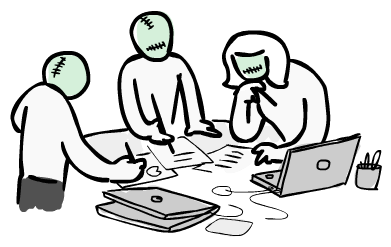

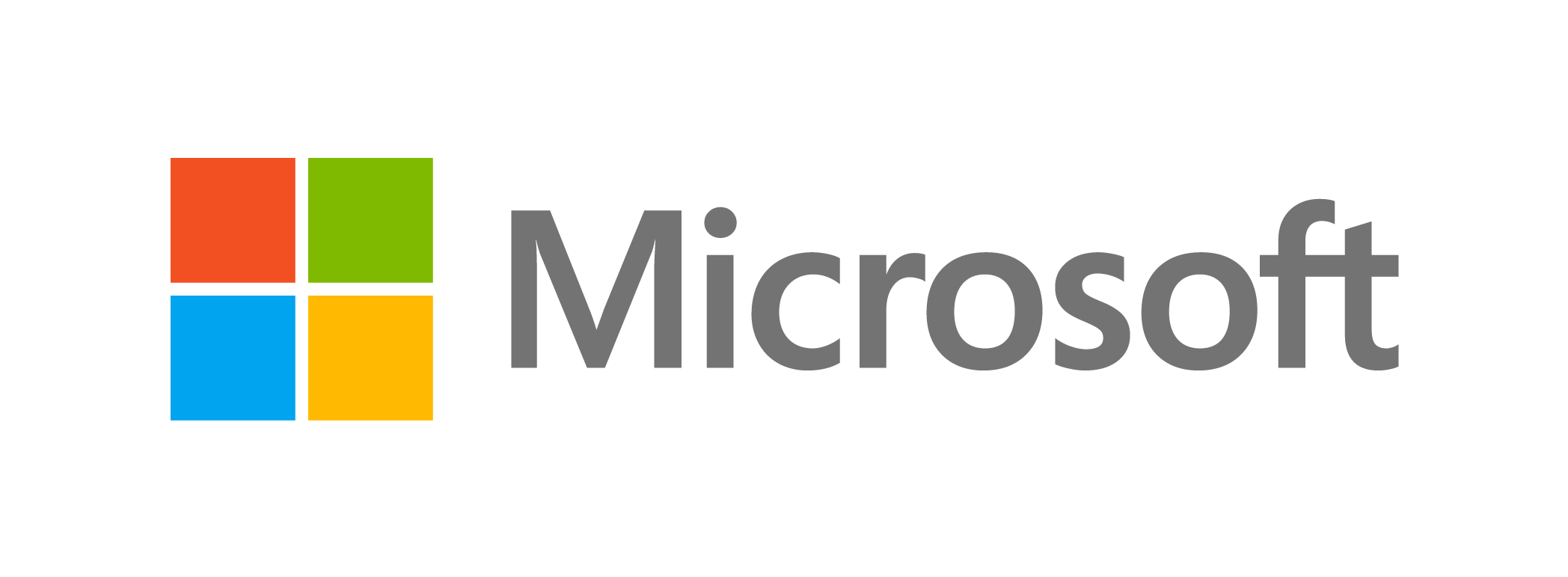

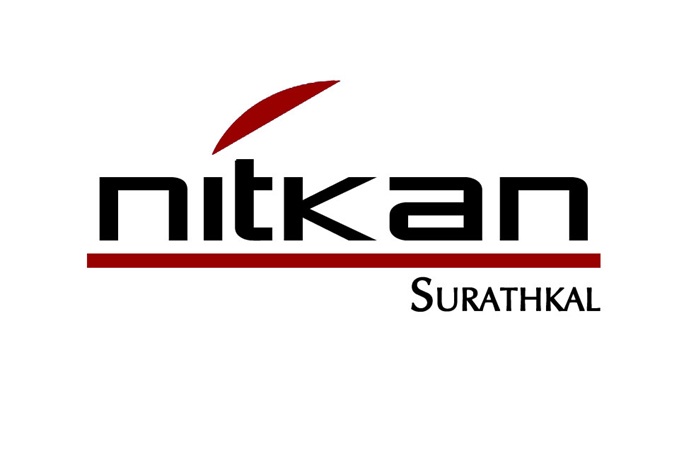 Web page adapted from a design by
Web page adapted from a design by